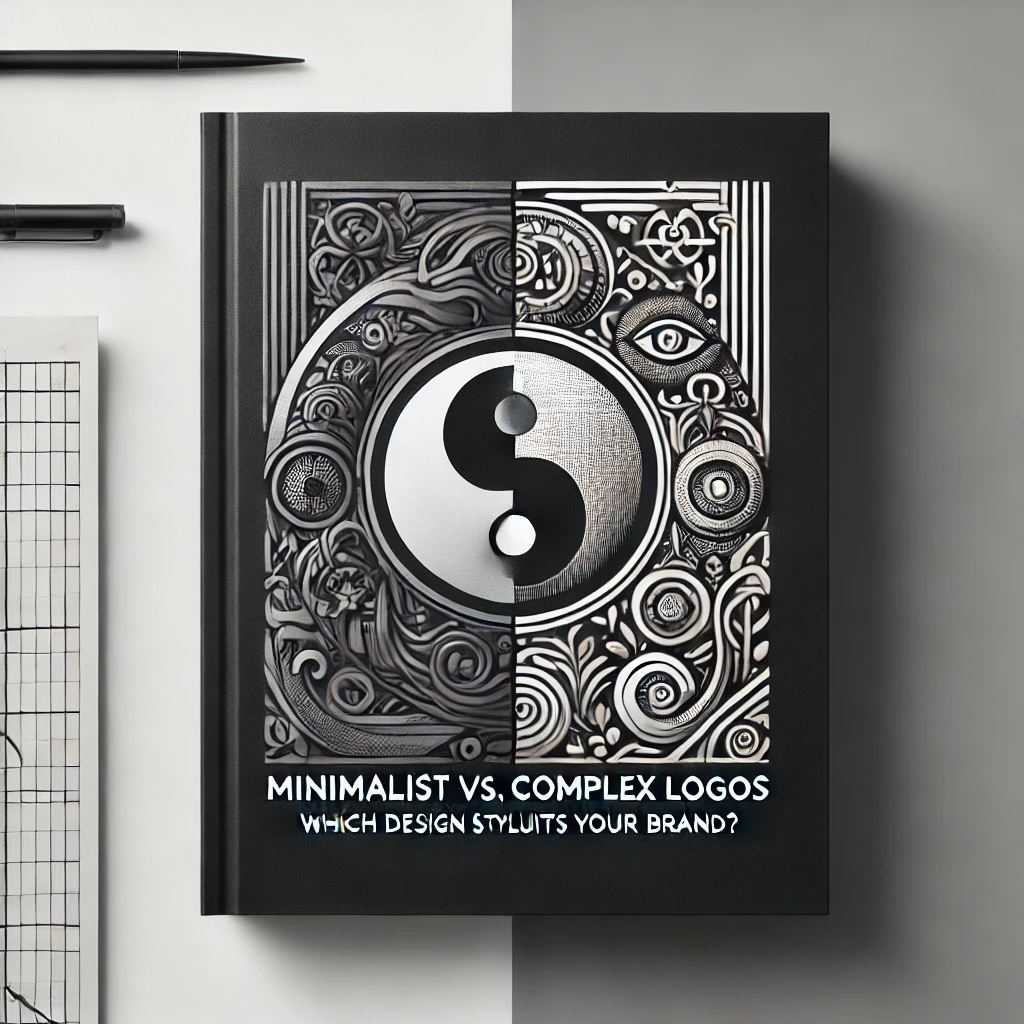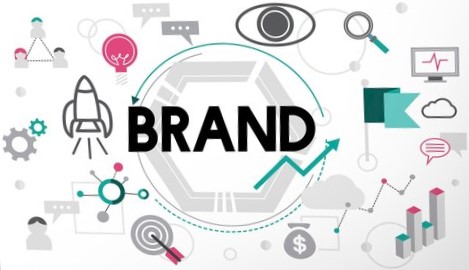In the world of branding, your logo is often the first impression customers have of your business. A well-designed logo can convey your brand’s identity, values, and message at a glance. But when it comes to choosing a design style, brands often face a critical decision: should you opt for a minimalist logo or a more complex, detailed design? In this blog, we’ll explore the pros and cons of each style, provide examples, and help you determine which approach best suits your brand.

The Appeal of Minimalist Logos
- Less is More: Minimalist logos focus on simplicity and clean lines, often using basic shapes and limited color palettes. This approach can create a sleek and modern look, which is easy to recognize and remember.
- Timelessness: Because minimalist designs avoid trends and excessive detail, they tend to be more timeless, avoiding the need for frequent updates.
- Versatility: Minimalist logos are easily adaptable to various sizes and mediums, making them ideal for everything from business cards to billboards.
Example: Apple’s iconic logo, which evolved from a complex design to the simple, recognizable apple with a bite taken out.
The Power of Complex Logos
- Storytelling: Complex logos allow for more intricate designs, often incorporating detailed graphics, symbols, and multiple elements. This can be particularly useful for brands that want to convey a rich story or multiple layers of meaning.
- Unique Identity: A well-executed complex logo can set a brand apart in crowded markets, providing a unique and memorable visual identity.
- Expressiveness: With more elements to work with, complex logos can express a wider range of emotions and ideas, aligning closely with the brand’s narrative.
Example: The Starbucks logo, which features a detailed mermaid illustration that ties into the brand’s maritime roots and storytelling.
Finding the Right Balance for Your Brand
- Understand Your Brand Identity: Before choosing a design style, it’s crucial to understand what your brand stands for and what message you want to convey. Minimalist logos might be ideal for brands that value simplicity, efficiency, and modernity, while complex logos can suit brands with rich histories or multi-faceted identities.
- Audience Consideration: Think about your target audience. A minimalist logo might appeal more to younger, tech-savvy consumers, while a complex logo could resonate with audiences looking for tradition or craftsmanship.
- Practicality: Consider how your logo will be used across different platforms and mediums. If your brand operates in a digital-first space, a minimalist logo might offer the flexibility you need.
Wrap-up
Choosing between a minimalist and complex logo design is not just a matter of personal taste; it’s a strategic decision that should align with your brand’s identity, audience, and goals. Both styles have their strengths, and the right choice depends on how you want your brand to be perceived. By carefully considering these factors, you can create a logo that not only looks great but also effectively communicates your brand’s message.




